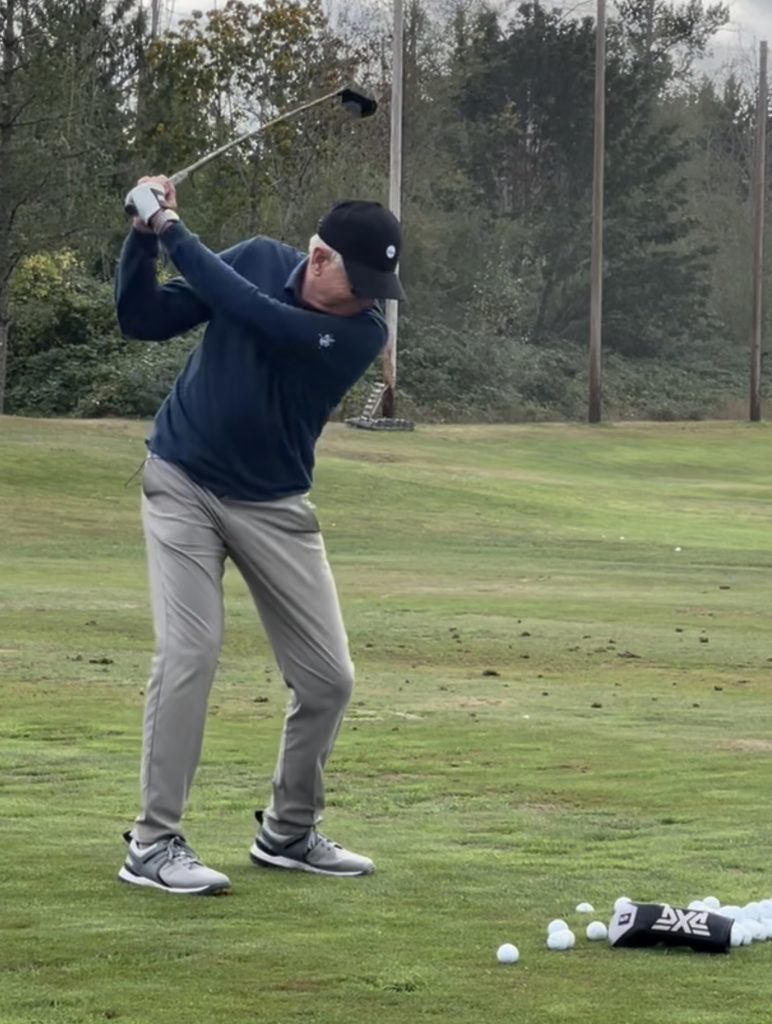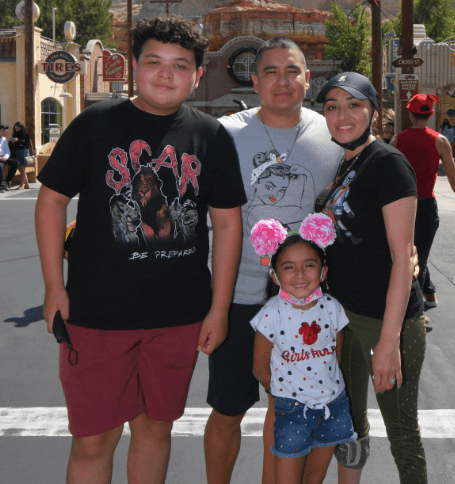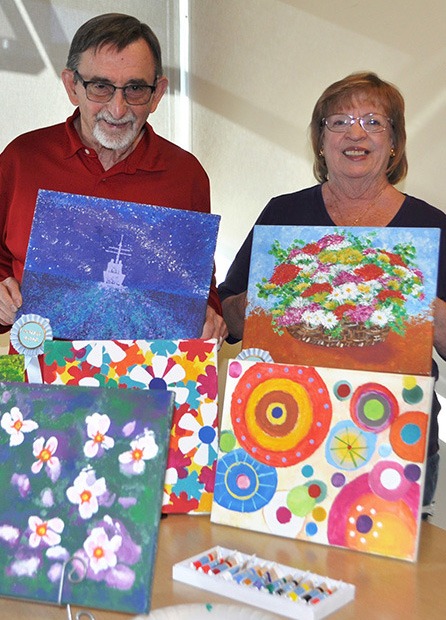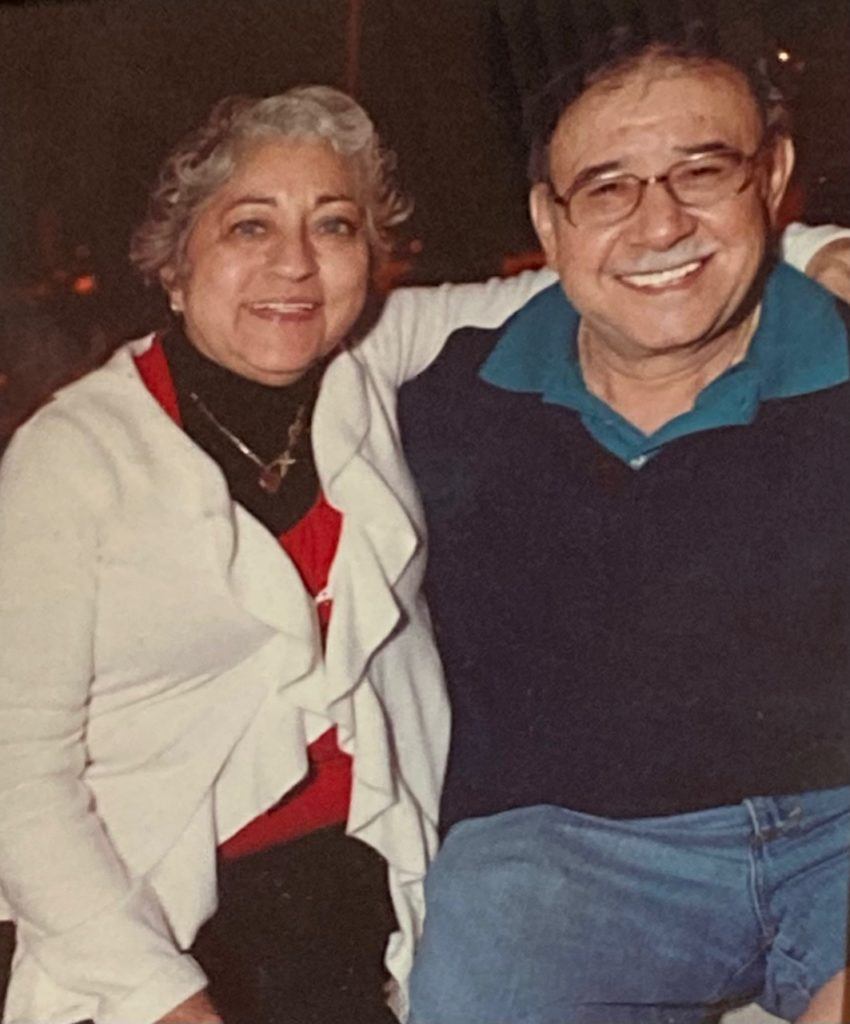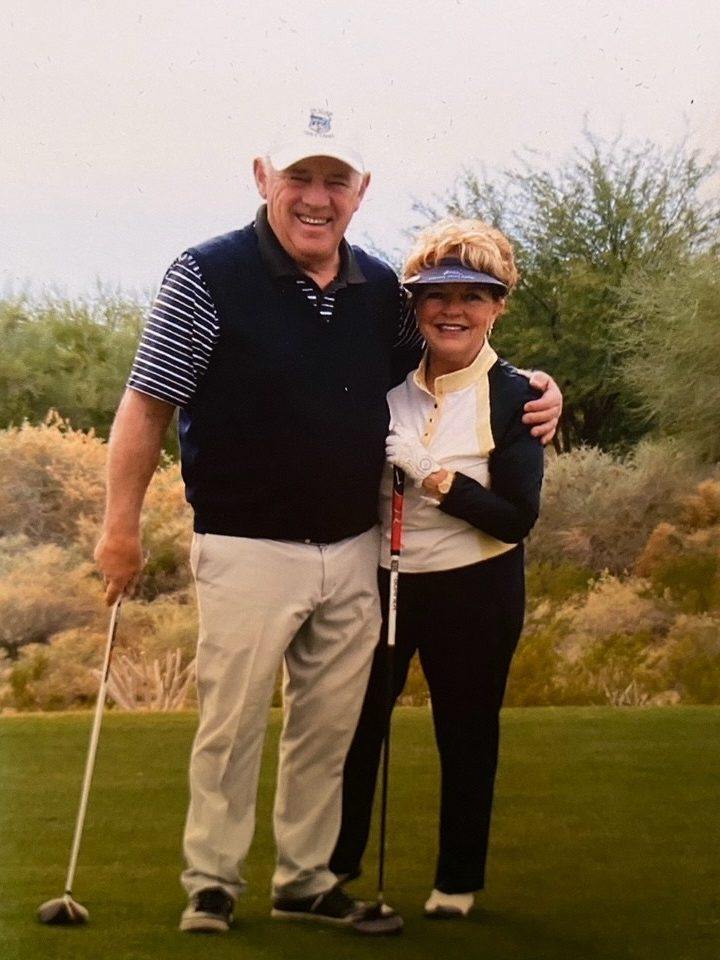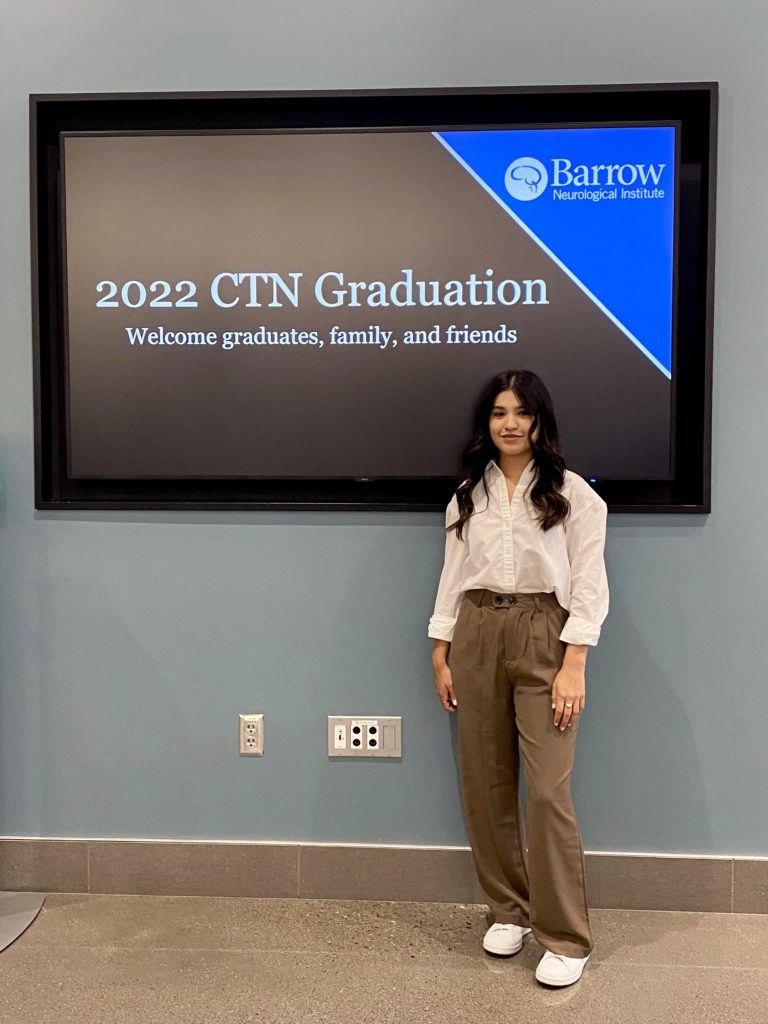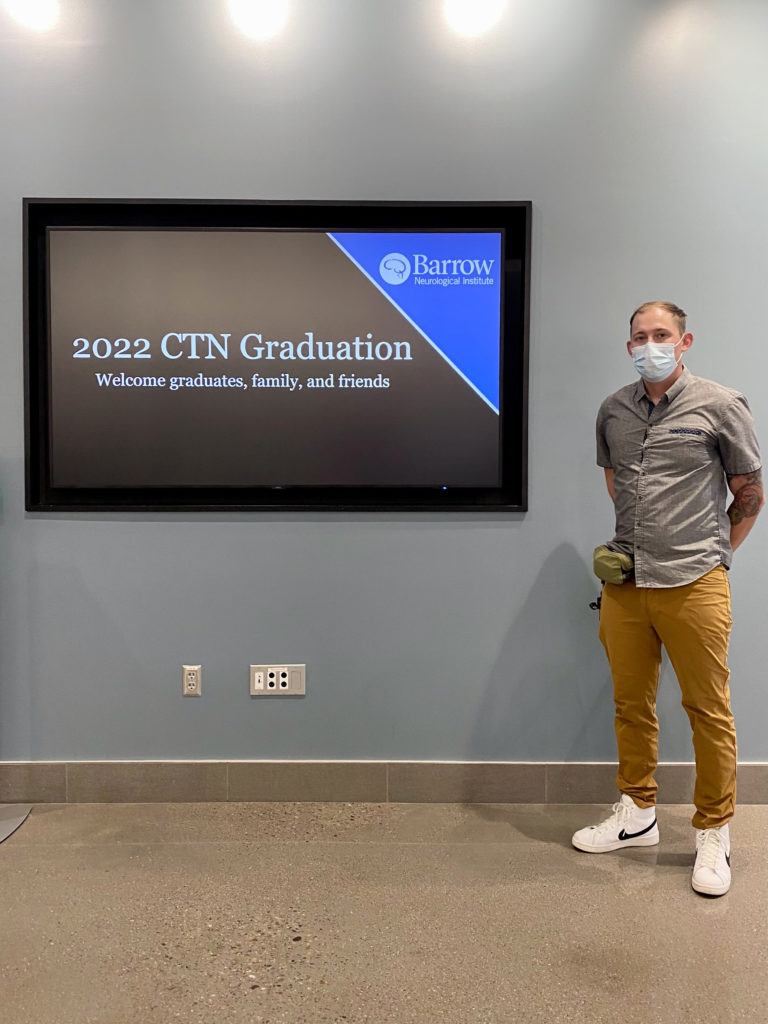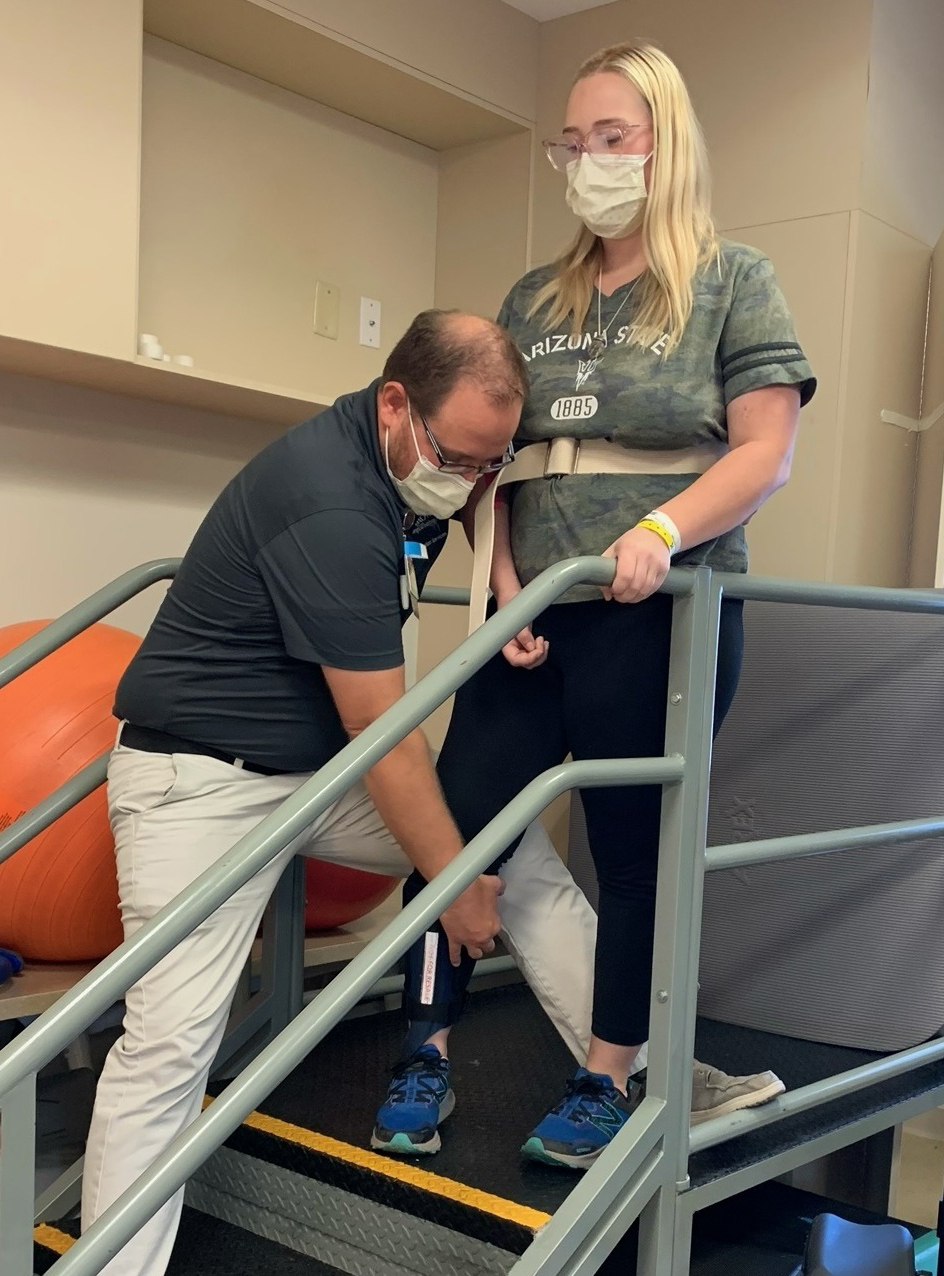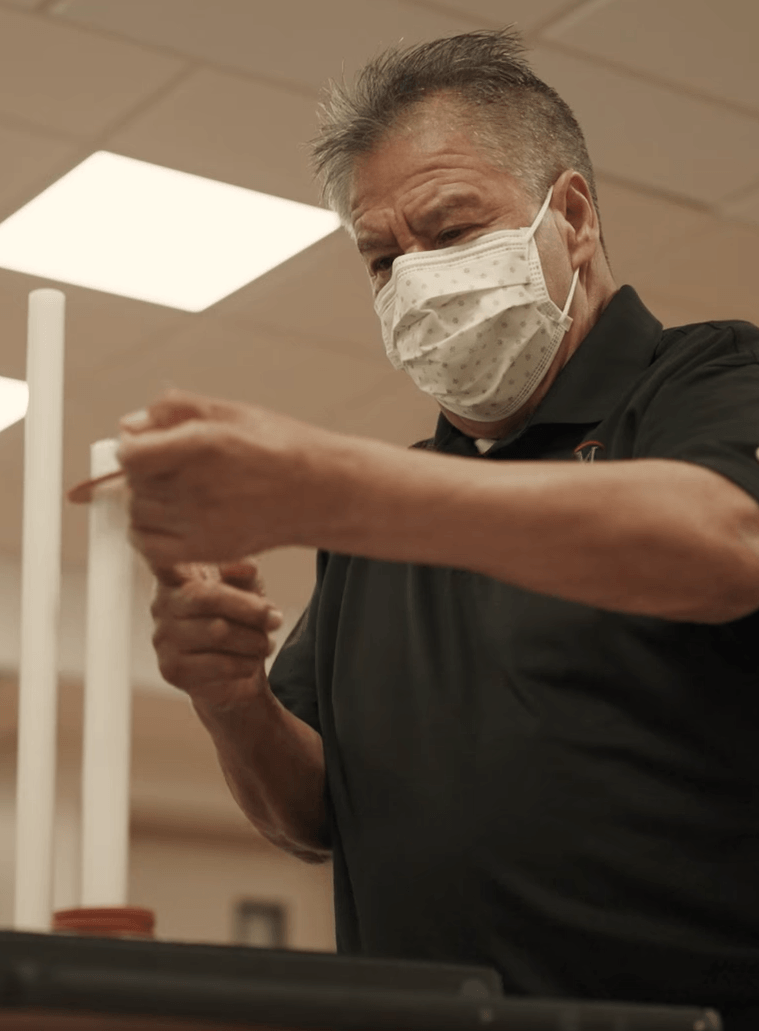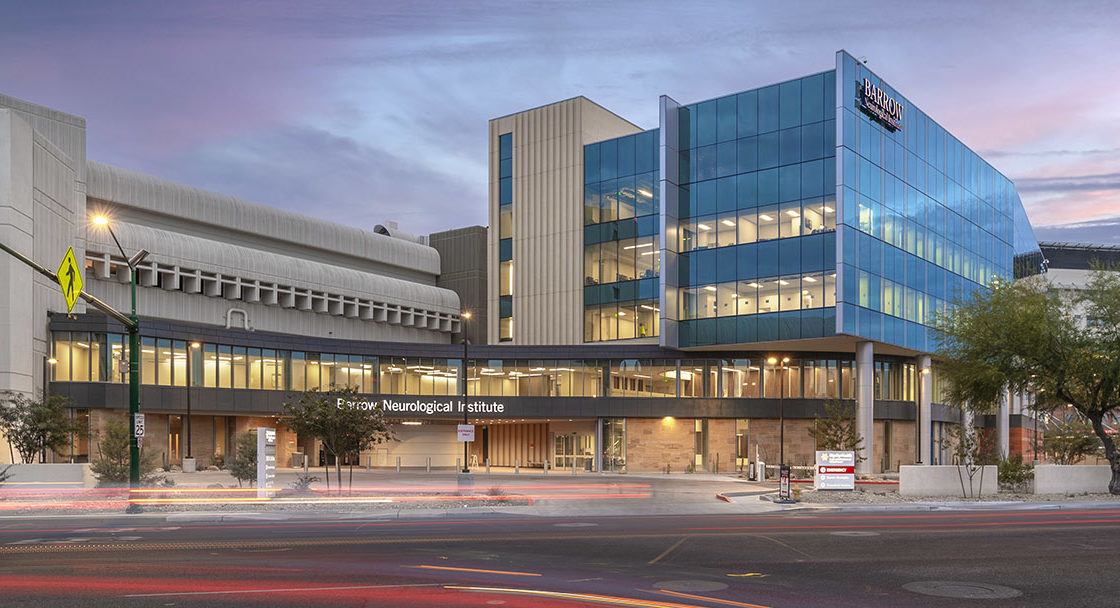
2022 Highlights: Patient Stories
OLIF Spine Surgery Saves Top Instructor’s Golf Swing
Renowned golf instructor and former pro golfer Jim McLean, of Florida, shared his story of undergoing minimally invasive spine surgery at Barrow after nearly 20 years of worsening back pain.
When Jim learned he needed spinal fusion surgery, he was concerned that the procedure could force him to retire his clubs for good. Fellow golfers recommended he see Barrow neurosurgeon Randall Porter, MD.
Dr. Porter performed an oblique lateral interbody fusion (OLIF) with spacers, restoring the height between the vertebrae while preserving Jim’s ability to swing a golf club.
Today, Jim is teaching and playing the sport with significant pain relief. Read Jim’s story.
Vegas Shooting Survivor Continues ‘Remarkable’ Recovery Five Years Later
Five years after being shot in the head during the Route 91 Harvest Festival in Las Vegas, Jovanna Calzadillas continues to make significant improvements in her traumatic brain injury recovery.
The 35-year-old mother of two has undergone intensive neuro-rehabilitation at Barrow, relearning to walk, talk, and perform independent daily tasks never thought possible in the days following the shooting.
Christina Kwasnica, MD, medical director of the Neuro-Rehabilitation Center at Barrow, calls Jovanna’s recovery “remarkable.” Read Jovanna’s story.
Patient, Wife Reflect on 25+ Years with Muhammad Ali Parkinson Center
When John O’Donnell and his wife, Karen, arrived at Barrow for their first appointment in 1993, they weren’t met with the 10,000-square-foot facility that houses the Muhammad Ali Parkinson Center today.
The Parkinson’s clinic was a single room, with the doctors’ offices on a different floor. But even with its modest space, the clinic impressed the O’Donnells with its small but dedicated staff.
Barrow officially established the Muhammad Ali Parkinson Center in 1997. It expanded in 2009, becoming the most comprehensive Parkinson’s facility in the country.
As the Center grew, so did the O’Donnells’ involvement in its programs. Read their story.
Bakery Owner Back on His Feet After Spinal Epidural AVF Surgery
In his search for answers for progressive walking difficulties, Phoenix-area bakery owner Juan Arellano ended up in the office of Barrow endovascular neurosurgeon Andrew Ducruet, MD.
Dr. Ducruet performed an angiography, a special imaging test using contrast dye, to reveal what Juan’s standard CT and MRI scans hadn’t: a spinal epidural arteriovenous fistula was putting pressure on his spinal nerves.
After diagnosing this rare and challenging lesion, Dr. Ducruet sealed it off from blood flow in a procedure known as endovascular embolization, restoring Juan’s ability to walk. Read Juan’s story.
Lifelong Golfer Returns to Game Pain Free After Spine Surgery
Joe Colello taught himself to golf at age 12, after inheriting and refurbishing a rusty set of clubs. At 79, he now boasts an impressive resume: winner of numerous amateur tournaments, Washington State Open Champion in 1968, a single-round score of 63, and seven holes-in-one.
But for nearly three years, Joe was sidelined from the sport due to lower back pain. It began in his 40s and gradually worsened, despite various treatments.
When he met with Randall Porter, MD, a neurosurgeon at Barrow, Joe knew he had found the right person to help. He says undergoing minimally invasive spine surgery with Dr. Porter has changed his life, allowing him to get back to his game completely pain free. Read Joe’s story.
Premedicine Student Returns to School After Cav Mal Rupture
Stephanie Trevizo was a 22-year-old neurobiology major on the premedicine track at Arizona State University when she went to the emergency room with a severe headache. She was diagnosed with 14 cavernous malformations, one of which had ruptured in her brainstem and caused a hemorrhagic stroke.
When Stephanie arrived at the Center for Transitional Neuro-Rehabilitation (CTN), half of her body was paralyzed.
With the help of her therapists, she regained her ability to walk without an assistive device and returned to ASU as a full-time student—about a year after her stroke. Additionally, Stephanie improved her emotional well-being while at CTN, crediting the support of her neuropsychologists.
Pararescue Specialist Preparing for Return to Military After Brain Tumor Surgery
When Allen-Mikel Armstrong was diagnosed with a brain tumor at age 29, he was attending art school full time and working part time for both the Air National Guard and a tattoo shop. He and his wife were parenting twin daughters and expecting their first son.
After having surgery to remove the tumor, Allen-Mikel underwent inpatient and outpatient neuro-rehabilitation at Barrow, including the Barrow Bridge Program, before transferring to the Center for Transitional Neuro-Rehabilitation (CTN).
After meeting his initial goal of home independence, he achieved every other goal he set for himself: taking care of his children, driving, resuming work at the tattoo shop, and preparing to return to his role as a pararescue specialist (PJ) in the military.
College Graduate Gets a Second Chance at Life After AVM Rupture
Morgan Bailey had just graduated from college and received her acceptance letter to law school when she felt a piercing pain in her head. Her vision blurred, and everything went dark. Four years prior, she had been diagnosed with three inoperable brain arteriovenous malformations (AVMs). On May 30, 2021, they all ruptured at once, causing severe hemorrhaging in her brain.
Morgan was stabilized and transferred to Barrow, where she underwent emergency surgery with Michael T. Lawton, MD, to stop the bleeding.
Morgan then underwent neuro-rehabilitation at Barrow, relearning how to walk and use the right side of her body. Now, she’s committed to living fully and instilling hope in others with AVMs. Read Morgan’s story.
Neuro-Rehabilitation Restores Deaf Man’s Ability to Communicate with Sign Language
As a deaf man, Arturo Monroy uses sign language to communicate. When he sustained a broken neck and traumatic brain injury in a car accident, he thought he would be permanently paralyzed from the neck down.
Initially after the accident, Arturo was only able to communicate by blinking or shaking his head in response to his children signing questions. He felt trapped.
But with help from the Barrow Neuro-Rehabilitation Center, Arturo gradually regained movement in his hands. He didn’t stop there. He continued working with his physical therapist until he could stand on his own and walk with the help of a robotic exoskeleton. Read Arturo’s story.

